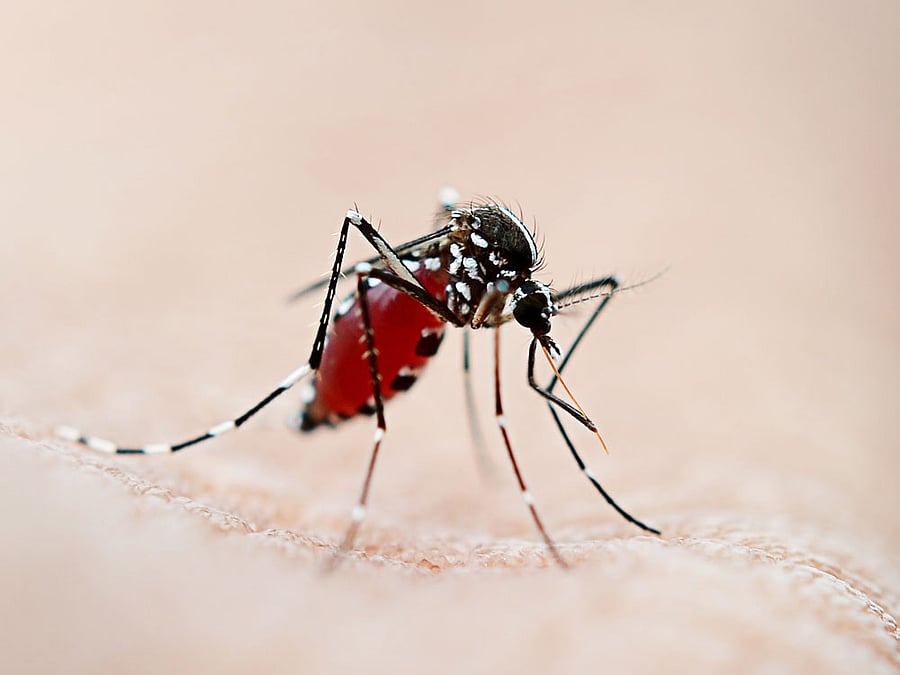
An Indo-US team of researchers has found a new mosquito repellent from a soil bacteria, that they say is better than the best chemical repellent currently available in the market.
When marketed, the personal care product can play a critical role in reducing the risk from dangerous mosquito-borne diseases like malaria, dengue, chikunguniya and zika.
Two of the world's commonest mosquito repellents are DEET (in use since 1944 and widely commercialised) and picaridin (being used since 2005).
The new repellent, scientists claimed, is as effective and sometimes even better than the two chemicals that dominate the mosquito repellent market.
Developed by researchers at the University of Wisconsin-Madison and National Institute of Malaria Research, Delhi, the new product is a concoction of two metabolites of a soil bacteria commonly found in nature.
“The next steps are to examine toxicity to see whether the repellent is safe to use on skin. If it is safe, it would most likely be used in spray or lotion or cream form,” said Susan M Paskewitz, a professor at Wisconsin and lead author of the study.
When researchers coated a piece of cloth with the repellent and released the pests for feeding, nearly 90% of the mosquitoes didn't land on the cloth for feeding.
“Majority of them don't land at all on the clothing material. May be they don't like its taste or smell. We still don't know how they work, but our experiment shows the chemicals deter the mosquitoes,” Mayur K Kajla, first author of the paper and a scientist at the NIMR told DH.
In their laboratory, they experimented with three mosquito species — Aedes aegypti (that caused dengue) Anopheles gambiae and Culex pipiens. Each time the repellent disrupted the feeding habit of the mosquitoes.
“The repellent could also be of importance to India because there are 58 species of Anopheles mosquito in India and quite a few of them are disease vectors,” said Kajla, who did the research at the US varsity and is currently working at the NIMR as a Ramlingaswami Fellow.
Mosquito-borne diseases trigger several public health threats in India. According to the latest National Health Profile, in 2017 there were nearly 1.58 lakh dengue cases (1.29 lakh in 2016); 8.42 lakh malaria cases (10.87 lakh) and more than 63,000 cases of chikungunya.
The scientists screened compounds from a bacteria named Xenorhabdus budapestensis taking a cue from studies that showed bacteria belonging to the genus Xenorhabdus have various antibiotic, anti-fungal and insecticidal bio-activities in secondary metabolites they produce.
They then isolated mosquito feeding-deterrent compounds from bacteria cultures and compared feeding-deterrent activities of the compounds produced by Xbu to those produced by the two synthetic repellents, DEET and picaridin.
The results were published in the journal Science Advances.

